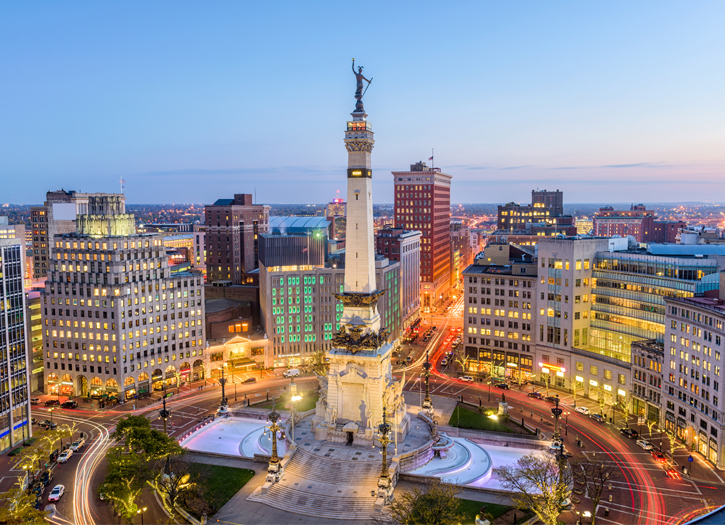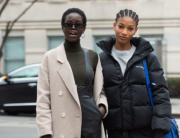The COVID-19 pandemic was confirmed to have reached the U.S. state of Indiana on March 6, 2020. As of September 25, 2020, the Indiana State Department of Health (ISDH) had confirmed 115,407 cases in the state and 3,340 deaths.
On March 6, Indiana health officials announced the first confirmed case of COVID-19 in Indiana, and Governor Eric Holcomb declared a public health emergency in the state.The first case was a Marion County (Indianapolis) resident who had attended the BioGen conference in Boston.On March 16, the first death from COVID-19 was announced. Governor Holcomb also ordered all bars, restaurants, and nightclubs to close to in-house patrons; only take-out would be permitted. The State of Emergency was to be extended for another 30 days beyond its previously scheduled expiration of April 5.All K-12 schools (both public and private) were to remain closed until at least May 1, and all state-mandated standardized tests were canceled.
On March 23, Governor Holcomb issued a ‘stay at home’ order effective March 25 through April 7. He put the following restrictions in place.Public gatherings were limited to 10 people.Non-essential businesses were ordered to close or allow employees to work from home. Some examples of businesses closed included hair and nail salons, entertainment venues, theaters, and fitness centers.Essential businesses included grocery stores, pharmacies, home improvement stores, auto repairs, medical providers, gas stations, pet care, trades, and professional services like accountants and law offices.On March 26, eight residents and two staff members of a Johnson County, Indiana senior home tested positive for COVID-19.The spike in deaths on March 31 also includes some deaths from previous days.
Reporting of those deaths had been delayed pending tests confirming COVID-19.For the month of March, Indiana had 123 deaths from COVID-19, all from the second half of the month, and 2,560 cases. were gradually revised upward in later months.On May 1, Governor Holcomb announced a five-stage plan detailing the gradual reopening of business sectors in Indiana, with the final stage, completely reopening the state without restrictions, culminating on July 4. The previous statewide lock down was retroactively deemed Stage One. Stage Two began on May 4, with retail and commercial businesses operating at 50% capacity and mall common areas restricted to 25% capacity. A week after entering Stage 2, restaurants can open at 50% capacity for dine-in service and personal services can be performed by appointment only.
Not long after public schools reopened (for the first time since March), one student and one school staff member tested positive for COVID-19. The student tested positive on the first day of class. The student was isolated in the school clinic under the “Positive COVID-19 Test Protocol”. Nurses began contact tracing procedures. Under the protocol, close contacts are expected to quarantine for 14 days before they can return to school.Staff and students who test positive can return to school after a 10-day isolation period if they have been non-symptomatic for 72 hours.
On September 1, 30 out of 40 fraternities and sororities at Indiana University Bloomington were quarantined. The test positivity rate was 8.1% among students living in fraternity and sorority housing, and 1.63% among students living in residence halls. An outbreak of 14 cases was announced at Wabash College. The number of confirmed cases at Notre Dame was 577.On September 2, Notre Dame had put security personnel at its off-campus COVID-19 quarantine and isolation sites, because some students had been leaving their quarantine locations.Classes resumed at Notre Dame, with the goal of phasing in all classes for in-person instruction by September 7. Indiana University recommended that all 40 Greek life houses be closed.
On March 12, the National Basketball Association announced the season would be suspended for 30 days, affecting the Indiana Pacers.On June 4, the NBA announced a preliminary plan to restart the season on July 31 with 22 teams, including the Pacers, playing all the remaining games at Walt Disney World Resort. Teams would also practice and be housed there for the remainder of the season.On June 15, the Women’s National Basketball Association announced plans to start the delayed 2020 season in late July.







Add Comment